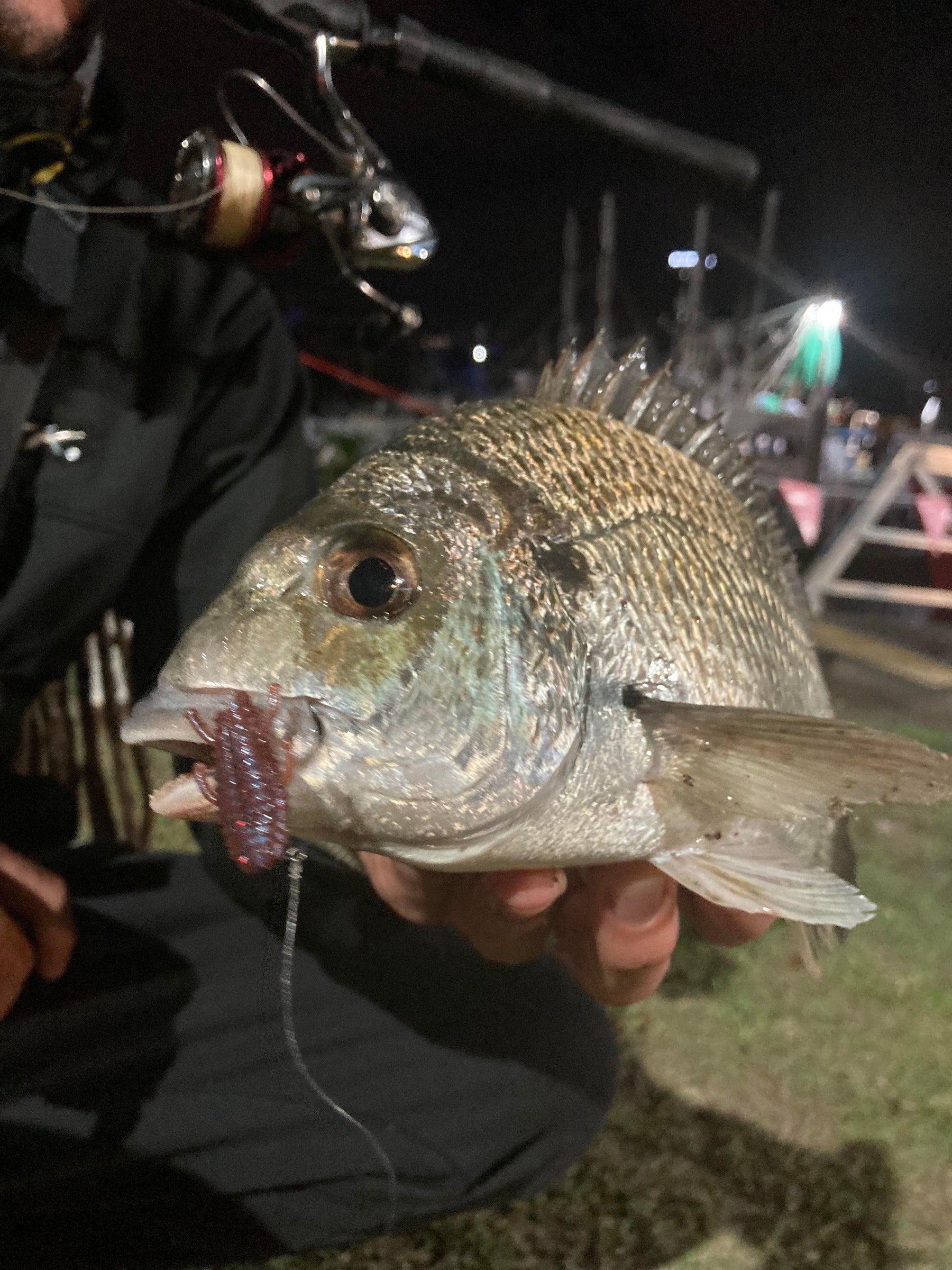
Winter Bream Fishing in Australia: Cooler and Slower Saves the Day
🔔 Get the Best Soft Plastics for Bream & Flathead!
Shop our most popular soft plastics today:
✅ Bottom Bug – Realistic Crayfish Lure
✅ Squideez Soft Plastic – Perfect for finesse estuary fishing
✅ Bullet Prawn – Irresistible prawn action for flathead
📦 Fast Aussie Shipping – Order Now!
Winter Slows Fish Down
As the winter chill sets in along the Australian coast seasoned anglers gear up for a unique challenge: targeting winter bream. Unlike the warmer months winter fishing requires a slightly different approach due to significant changes in the bream’s behavior and metabolism. This comprehensive guide delves into the intricacies of winter bream fishing, offering insights into effective techniques, optimal lures, and understanding bream behaviour during the colder months.
Bream Behavior in Winter
Winter is an excellent time to target the yellowfin bream (Acanthopagrus australis) on the east coast of Australia. As water temperatures drop, bream metabolism slows down, leading to reduced activity levels. However, during these months, bream congregate around river mouths, deep rock bars, and break walls for spawning. This congregation can make it seem like they are more active, but in reality, the cooler water controls their metabolism. These gatherings make bream more accessible to anglers, particularly those fishing from shore locations such as breakwalls and jetties.
During winter, bream exhibit opportunistic feeding habits, conserving energy and feeding less frequently. They often focus their diet on mollusks like oysters and mussels, which are abundant in their habitat. Understanding this behaviour and targetting these areas are crucial for anglers aiming to catch winter bream.
Optimal Fishing Techniques
To successfully target winter bream, anglers must adjust their techniques to match the fish's reduced activity levels. Here are two primary approaches:
Soft Plastics: Soft plastics are a versatile and effective option for winter bream fishing. The key is to use lighter jigheads, allowing for a natural, slow fall that mimics the movement of small prey. Recommended jighead weights range from 1/16oz to 1/8oz or 2 to 4 grams. Using smaller soft plastics is particularly important in winter as bream are less likely to chase larger prey.
- Technique: Cast the soft plastic slightly upstream or up current and let it sink naturally. Use a gentle hopping retrieve, allowing the lure to bounce down the rock wall or estuary floor. If no hits occur during the retrieve, leave the plastic on the bottom for a while, utilizing a technique known as "dead sticking and can entice bites even when stationary. 60 to 65 mm soft plastics are good candidates to try such as the Bottom Bug, Sea Bugs, and Bullet Prawn.
Vibe Lures: When soft plastics aren’t producing results, small vibe lures can be an excellent alternative. These lures create vibrations in the water that attract bream, especially in murky conditions where visibility is low from seasonal rain.
- Technique: Use light, subtle movements to make the lure vibrate just enough to attract attention. The best approach is a slow hop and drop method, which mimics the movement of dislodged mollusks or small baitfish. Emphasis on fishing vibes slower and closer to the bottom is crucial for increased effectiveness.
Ideal Locations
Winter bream are typically found in deeper waters where the temperature is more stable. Prime locations include deep rock walls, break walls, and areas with significant oyster and mussel growth. These environments provide both food and shelter making them ideal for bream during the colder months.
- Rock Walls and Bars: Drifting parallel to rock walls on an incoming tide can be particularly productive. These areas allow for a controlled drift and effective lure presentation.
Adjusting to Tidal Flow
Understanding and adapting to tidal flow is crucial for successful winter bream fishing. During low rainfall periods the water tends to be clearer and colder making bream more cautious (dark water absorbs more radiant heat from the sun especially int he shallows). Using lighter fluorocarbon leaders and minimizing boat traffic can increase success rates.
- Low Light Conditions: Fishing during dawn and dusk can be more productive as bream are less wary and more likely to feed during these times. This is typical year around behaviour for bream.
Gear Recommendations
Using the right gear is essential to optimize your winter bream fishing experience:
- Rods: A 1-3kg or 2-4kg graphite rod is ideal for the finesse required in winter fishing.
- Reels: A 1000 to 2500 size reel paired with 6lb braid and a 6lb fluorocarbon leader provides the sensitivity and strength needed.
- Scent: Applying scents in flavours such as Prawn or Pillies can enhance lure attractiveness.
Conclusion
Winter bream fishing in Australia offers a unique and rewarding challenge for anglers. By understanding the behavioral changes in bream during colder months and adjusting techniques accordingly, you can increase your chances of success. Remember to use smaller, slower presentations, target deeper waters, and adapt to tidal flows for the best results. Embrace the colder months and enjoy the thrill of catching these cunning and resilient fish.
🔔 Get the Best Soft Plastics for Bream & Flathead!
Shop our most popular soft plastics today:
✅ Bottom Bug – Realistic Crayfish Lure
✅ Squideez Soft Plastic – Perfect for finesse estuary fishing
✅ Bullet Prawn – Irresistible prawn action for flathead
📦 Fast Aussie Shipping – Order Now!
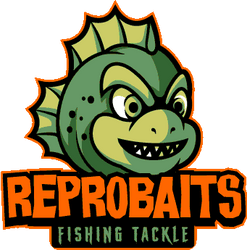
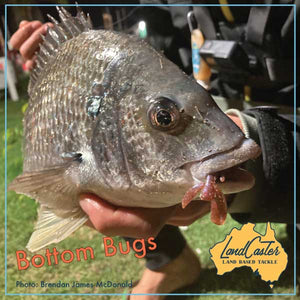
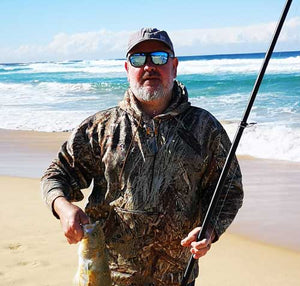
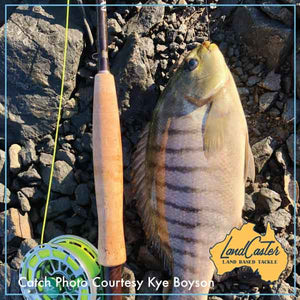
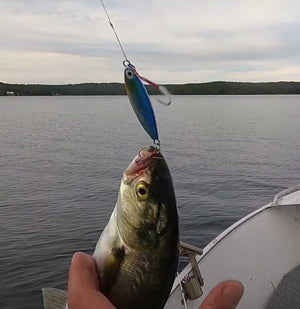
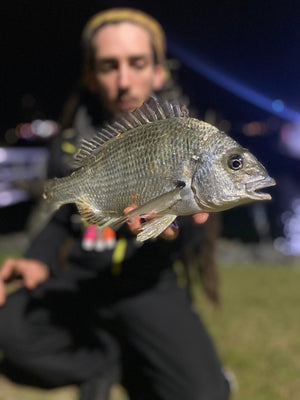
Leave a comment